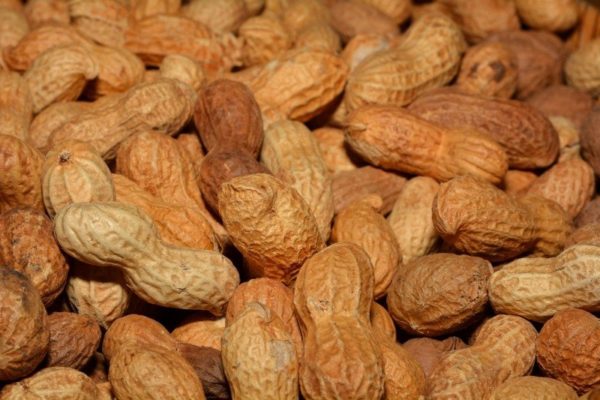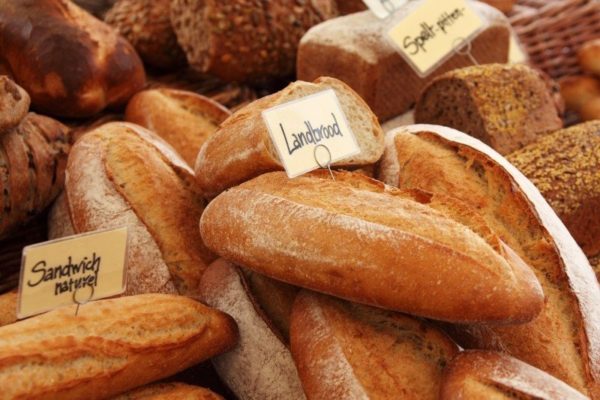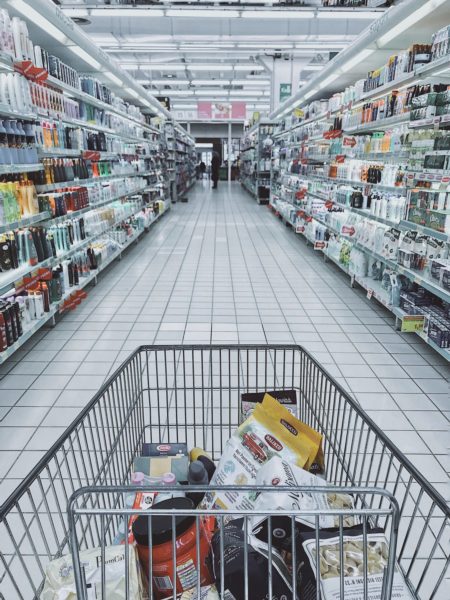Everyone along the chain of food distribution – from the product manufacturers to the co-packers to the distributors – has to make a concerted effort to ensure that food product labels are always accurate.
Mislabeling occurs when a food product’s label does not accurately reflect its ingredients. It can happen by accident when a facility’s HACCP and other safety processes are not fully understood; however, there is a persistent problem with mislabelling on purpose. Either way, having incomplete or incorrect information on the labels is dangerous to consumers.
Food Mislabeling And Allergies
The greatest danger related to mislabelling is exposing consumers to common allergens. There are more than 160 foods that can cause allergic reactions in people with food allergies, but ten of them account for the majority of allergic reactions to food. These are:
- Eggs

- Milk
- Mustard
- Peanuts
- Crustaceans and molluscs
- Fish
- Sesame seeds
- Soy
- Sulphites
- Tree nuts like almonds, Brazil nuts, cashews, hazelnuts, macadamia nuts, pecans, pine nuts, pistachios and walnuts
- Wheat and triticale (more below)
In Canada, these allergens and gluten sources must always be declared on food labels when present as ingredients, as components of ingredients, or when they are in the same facility. If they are not, the consequences could be life-threatening.
There is a wide range of allergic reactions. Mild to moderate symptoms can include hives, itchiness and swelling; vomiting, diarrhea and abdominal cramping; and coughing, dizziness, and lightheadedness. They become dangerous when a consumer has difficulty breathing, their throat swells up, or they lose consciousness. Someone with a severe food allergy can experience anaphylaxis, which could lead to constricted airways, suffocation by swelling of the throat, and a dangerous drop in blood pressure.
Gluten Allergies And Insensitivities
 Celiac disease is an immune reaction to a protein found in wheat, barley and rye called gluten. When those with Celiac disease consume foods with gluten, it can trigger an immune response in the small intestine. Knowing when gluten is in a food product is incredibly important for those with Celiac disease and other, less severe gluten intolerances, but keeping this protein out of their one of the biggest factors companies overlook.
Celiac disease is an immune reaction to a protein found in wheat, barley and rye called gluten. When those with Celiac disease consume foods with gluten, it can trigger an immune response in the small intestine. Knowing when gluten is in a food product is incredibly important for those with Celiac disease and other, less severe gluten intolerances, but keeping this protein out of their one of the biggest factors companies overlook.
The Canadian Food and Drug Regulations order companies to declare gluten sources by the grain name, such as barley, oats, rye, triticale or wheat. However, gluten is one of the more commonly mislabelled ingredients. Many of those who have sensitivities or allergies find out the hard way when a product has gluten when the warning.
Food Fraud
 Mislabeling food products can be done purposefully to mislead consumers and get them to pay more for food products. In these cases, many types of food are adulterated with certain ingredients, then falsely labelled to mislead about the concentrations or content of these ingredients. For instance, honey and fruit juices are often diluted with corn syrup. Some companies will combine olive oil with cheaper oils and, in some cases, add food colouring to give the product a green hue that usually indicates the richness of the phytonutrients.
Mislabeling food products can be done purposefully to mislead consumers and get them to pay more for food products. In these cases, many types of food are adulterated with certain ingredients, then falsely labelled to mislead about the concentrations or content of these ingredients. For instance, honey and fruit juices are often diluted with corn syrup. Some companies will combine olive oil with cheaper oils and, in some cases, add food colouring to give the product a green hue that usually indicates the richness of the phytonutrients.
In these cases, any company trying to fool consumers risks incurring fines and legal action. However, the chief danger of mislabelling is in how it threatens consumers, and all food-related facilities must ensure they strictly follow proper procedures at every step of the way.
